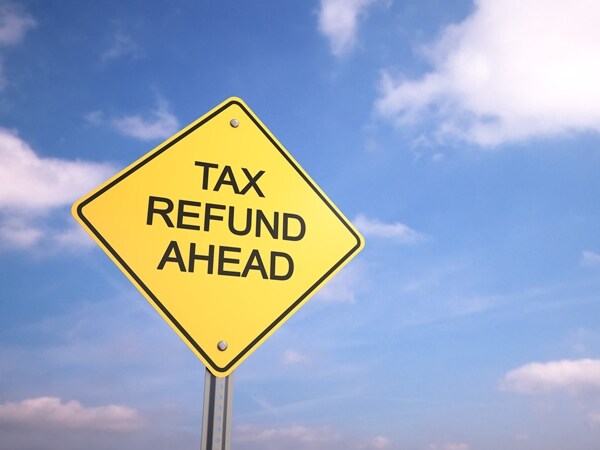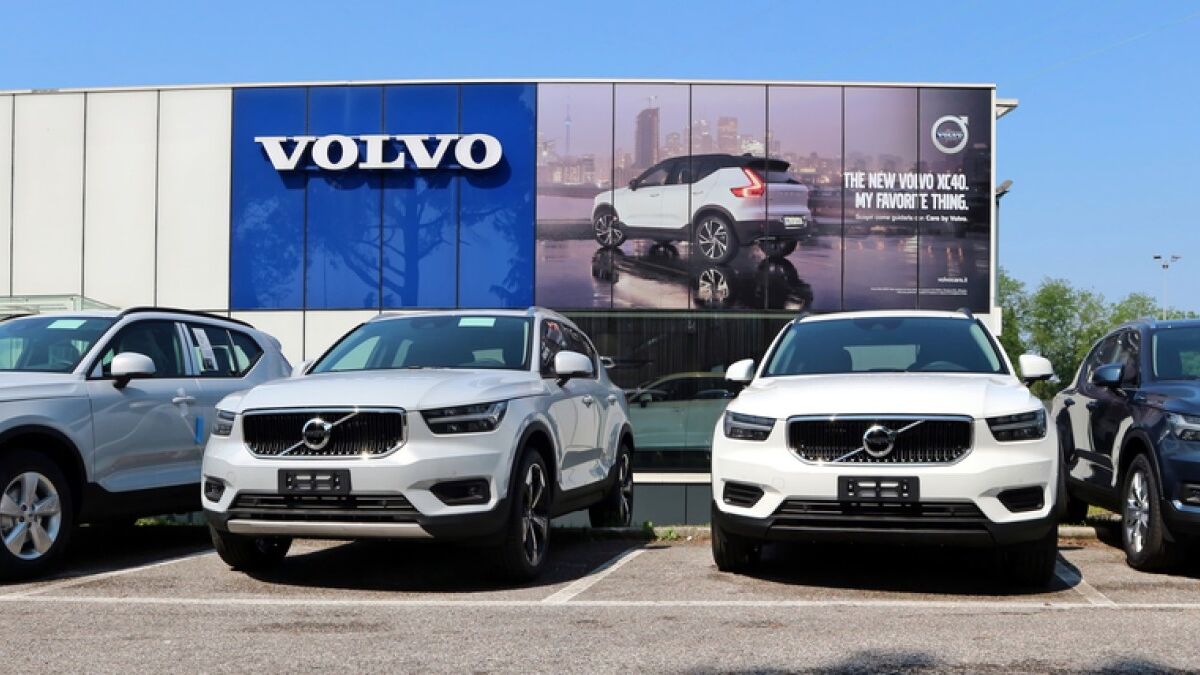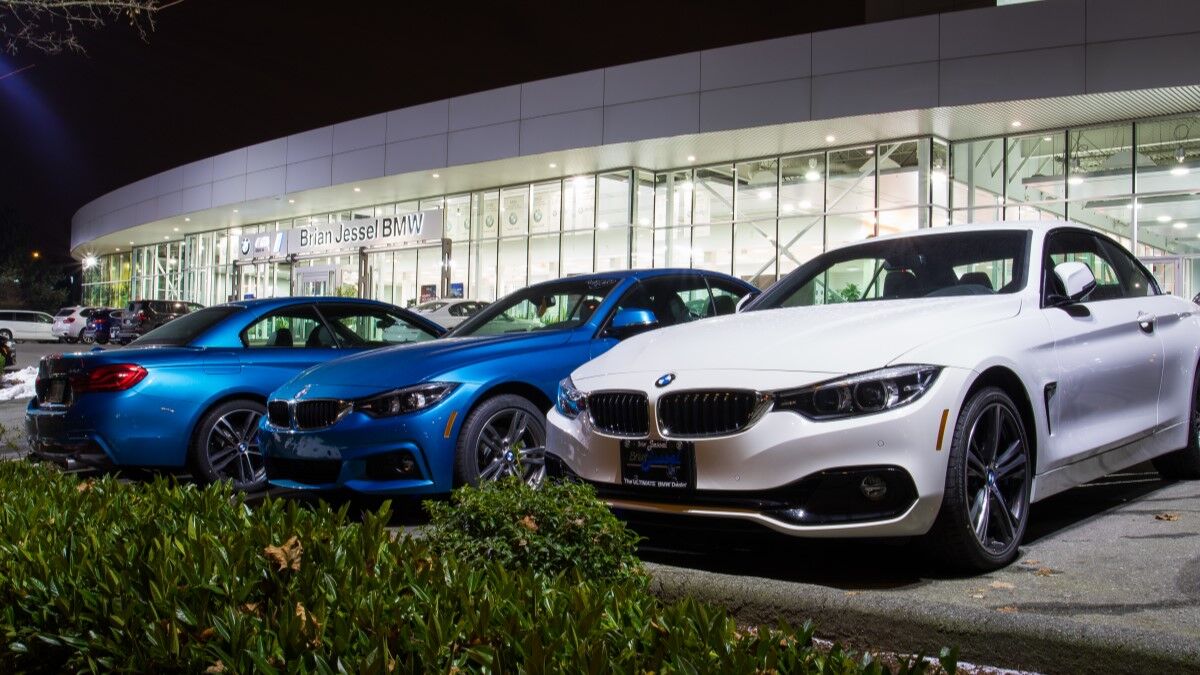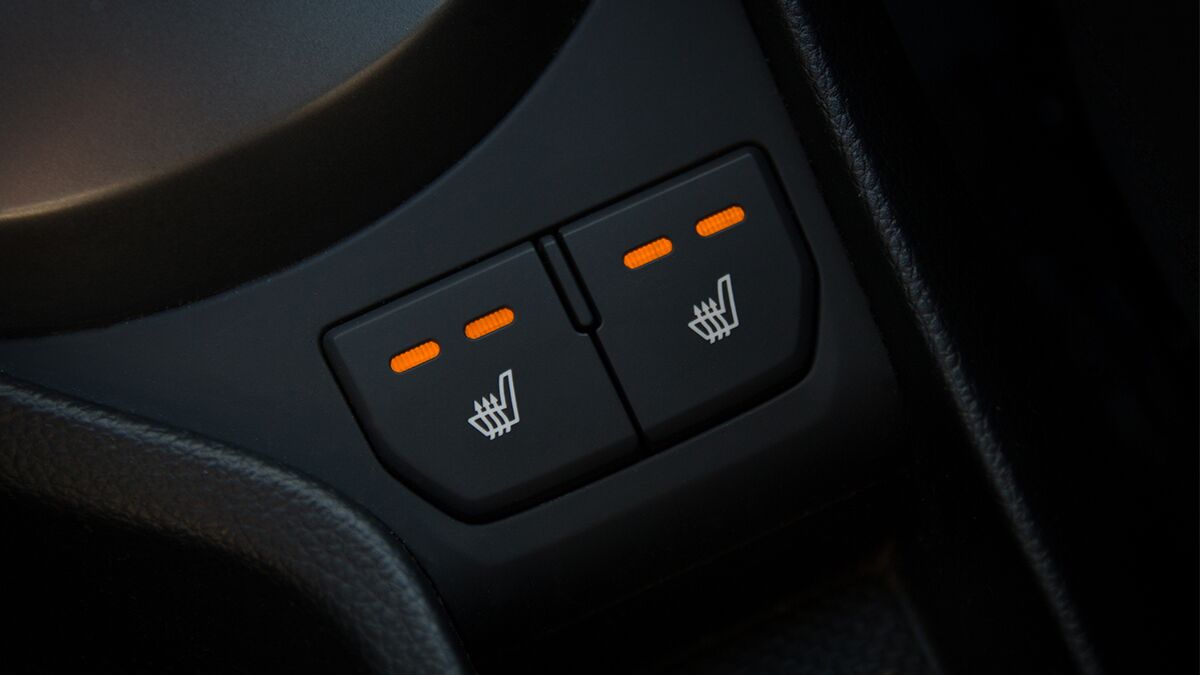
While the deadline for filing taxes is extended this year to July 15, many people, thanks to Covid-19 payments, are expecting or have already gotten a check from the government. If you are in the market for a new car that lump sum can come in handy. But we heartily suggest using it as a tool, not as a lottery win. Your first impulse might be to use all this money as a down payment or to opt for a more expensive vehicle. To that, we say not so fast. There are other things to consider and the best use of that cash might actually come at the end, and not the beginning, of the process.
Do your homework
Of course, the idea of having several thousand dollars on hand is a great motivator when shopping for a new vehicle. Look at the refund money as a card in the car-buying deck that you want to lay down at the right time. With all the deals and incentives floating around touting low or no down payments, you easily could find yourself dropping that lump sum into a hastily arranged transaction. That will get you behind the wheel in short order, but, if you act too quickly, you may end up regretting the decision for years to come.
Don’t let cash cloud your thinking. Setting the refund aside, you must first determine what you can reasonably afford not just in monthly payments, but also in the total cost over the life of your purchase. This includes the down payment as well as other factors like insurance costs, maintenance, and depreciation. We can help you understand all those factors in our discussion of 5-Year Cost-to-Own (5YCTO), which enables you to get a good idea of what your total outlay will be over time. Using 5YCTO as a comparison tool will enable you to choose the right vehicle for your budget.
What’s your trade-in worth?
Also, if you currently own a car, you have to determine the value of that vehicle. It represents some of the equity you’re bringing to the deal, while the tax refund represents another pile of equity. KBB.com is a good first stop to determine the value of your vehicle, and it enables you to assess what you reasonably can expect for it in the private market or as a dealer trade. Kelley Blue Book’s Instant Cash Offer (ICO) is a tool you can use to set a floor for the value of your current car. It allows dealers to bid on your vehicle and guarantee a trade-in or sale price. You can also use that figure in your negotiations with other dealers.
Develop a game plan using your tax refund
As you put together your potential financial purchase plan determine how much money you can bring to the deal in terms of your trade and down payment and shop for financing with your bank, credit union. Being pre-approved for a loan before you enter the showroom is a big plus since it gives you leverage in asking the dealer if they can beat your guaranteed rate. At the same time consult with your insurer to find out the coverage rates for the class of vehicles you’re interested in.
Once you’ve figured out a budget, it’s time to shop, but that doesn’t necessarily mean visiting a dealership. You can do much of this legwork online, comparing cars and features, lease deals, and purchase prices. Don’t rule out the used car market as well. Many manufacturers have Certified Pre-Owned (CPO) programs offering vehicles that have low miles and factory-backed warranties. CPO offers a way to get into a class-above model at a price comparable or below the new car you’re considering.
Also: Class of 2021 – New Cars Ready to Roll
The dealer visit
When you have all the information you need your dealer visit should include a thorough test drive. Take time to have the sales representative point out and demonstrate the vehicle’s features, so you’re comfortable you know what you’re buying. If you’ve been out of the market for some time, you find there’s a lot more new technology onboard, many of the advances coming in the area of driver assists and warnings. You should take the time to become acquainted with these systems, which, while helpful, may have warnings or take actions that you may find annoying.
All the planning and preparation should pay off in a smooth purchase process. If you factor your tax return cash in after calculating all your expenses, you may find that you don’t need to put the whole amount down or that your monthly payments may end up being less. Rather than being a hook dragging you into a new car deal, using your tax refund strategically can be the icing on the cake. That way, the deal doesn’t drive you; you drive the deal.
More: Top 5 Mistakes to Avoid When Using Your Tax Return to Buy a Car







